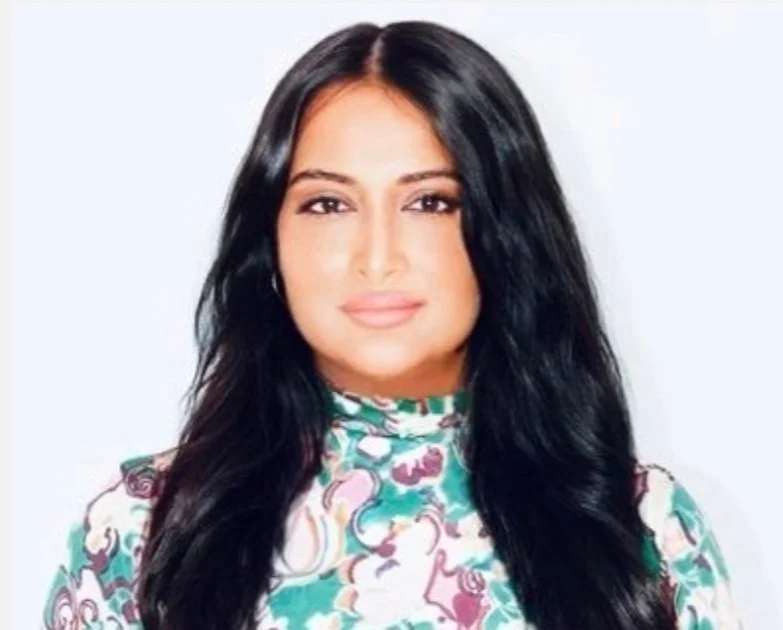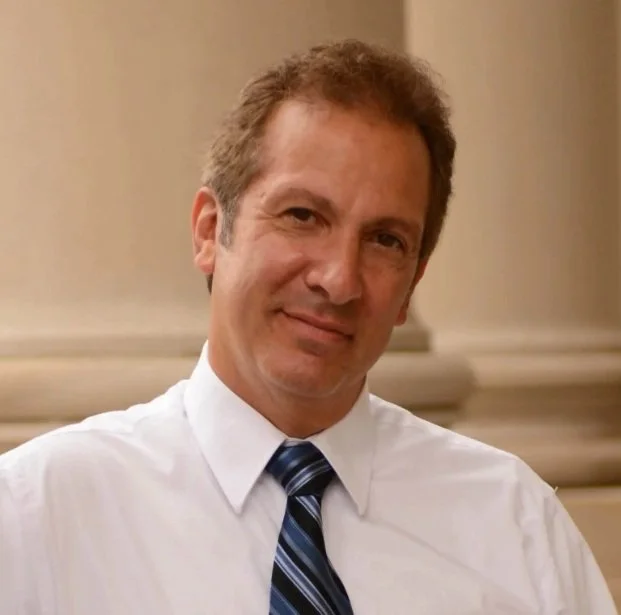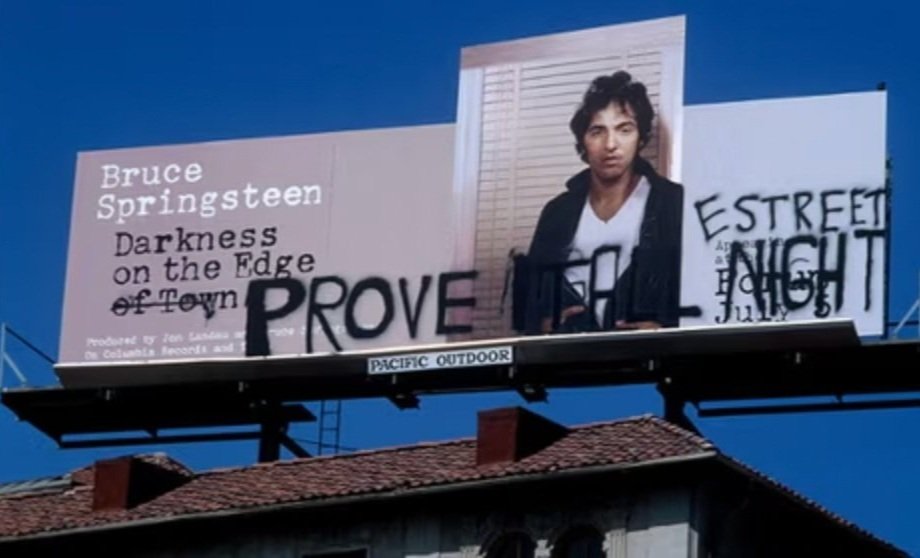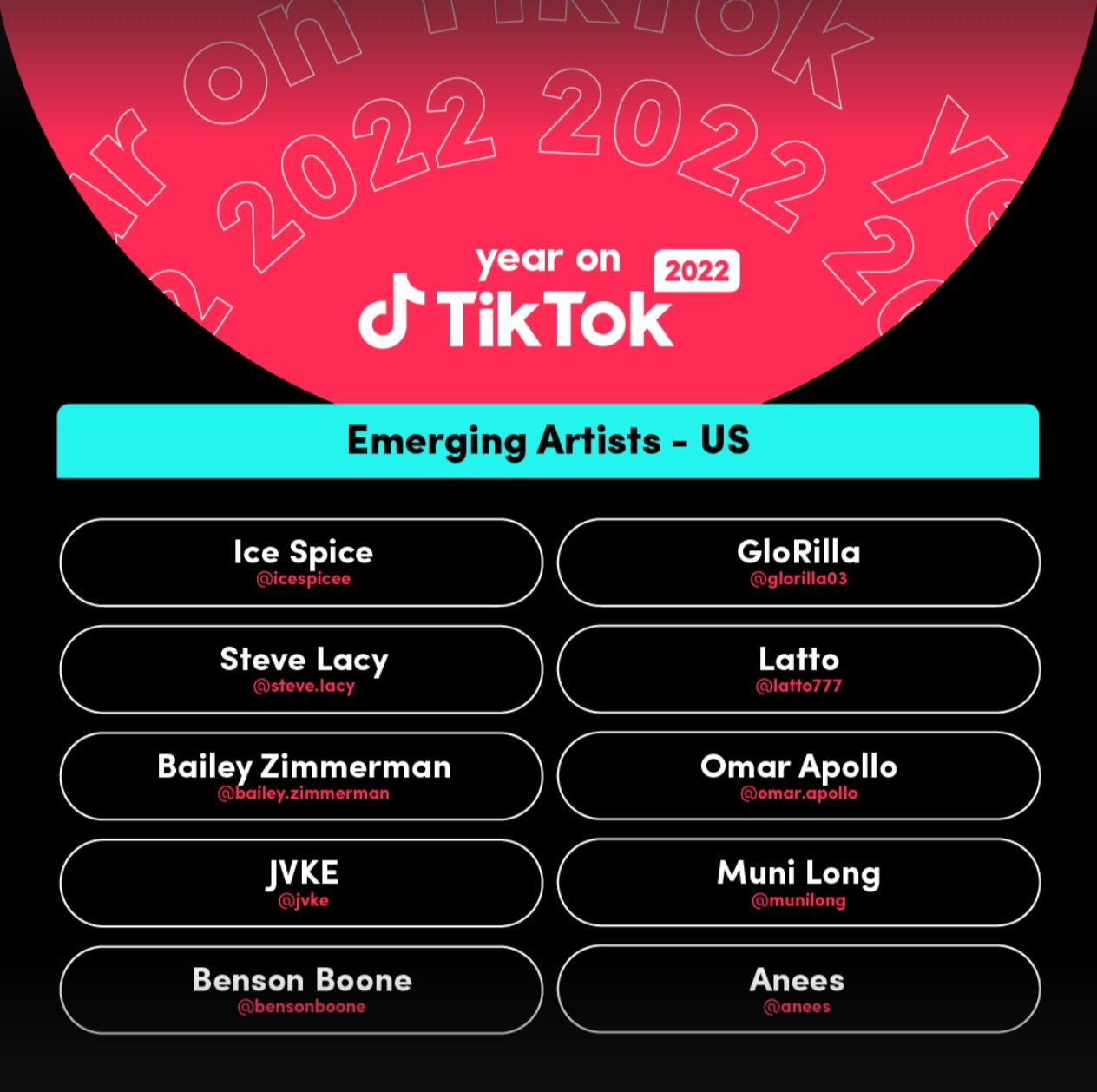3 ways social media changed the music industry
Hey there!
On behalf of Ravi Ray Audio, welcome to the holiday season. I’m Rupsha, RRA’s new marketing intern and a business student at Rutgers University with a minor in South Asian Studies and a passion for music. Let me tell you what brought me to RRA:
It all started when I went to a Weston Estate concert in June. It was surreal seeing first-gen South Asian Americans my age successfully pursuing music and performing in front of me. The experience made me understand the lack of South Asian representation in Western media I grew up with and the positive impact I was missing out on. Now that I see the waves artists like Weston Estate, Dhruv, and Raveena have been making, it has become my goal to uplift the diaspora in the music industry. So, when I stumbled upon the RRA Fellowship’s Instagram, I loved the work they were doing so much that I reached out to ask if I could be a part of it - the rest is history.
For my first blog, I wanted to take you on a deep dive of how streaming and social media platforms have shaped the music industry; from listeners to artists, label teams, and more. Going into the research I thought I had a pretty good understanding of the topic, but with the help of some industry professionals, I learned new insights that I’m excited to share with you!
Speaking of the industry professionals that helped me, let’s learn a little more about them ~
Sowmya Krishnamurthy is a music journalist whose work can be found in Rolling Stone, Billboard, XXL, Playboy, Highsnobiety, Complex, New York Magazine, Village Voice, and Time.
She is the author of Fashion Killa: How Hip-Hop Revolutionized High Fashion (Gallery Books/Simon & Schuster).
Sowmya began her career in the mailroom at William Morris Endeavor, CNN, and Bad Boy Records. She is a graduate of the Ross School of Business at the University of Michigan.
photo credits: https://www.sowmya-krishnamurthy.com/
Joe Rapolla ‘90M is the Chair of the Music & Theatre Arts Department at Monmouth University, where he oversees all of the student performing arts programs, directs the Music Industry Program, and has founded the university record label: Blue Hawk Records.
As department chair, he’s helped form partnerships with organizations such as Asbury Park-based Lakehouse Recording Studios, the GRAMMY Museum, Warner Music, and Sony.
photo credits: https://www.monmouth.edu/directory/profiles/joe-rapolla/
Disclaimer: This article contains both my editorial thoughts and opinions from Rapolla and Krishnamurthy sourced via an interview.
This interview has been condensed and edited for clarity and conciseness.
Now let’s hear their thoughts!
1. Music marketing has a completely new face
Social media accomplishes what has never been possible in the past — it can share content that is able to reach millions of people at the same time. Because of this, music marketers have capitalized on social media to build a following and promote music. “These platforms provide a simple, efficient, and powerful way to reach large segments of audiences. This is something that the music industry has needed to spend large budgets on and something that most, if any, independent artists could never really accomplish,” says Rapolla.
I rarely see physical promotional materials for artists like posters or billboards anymore. That’s because most of that promotion is now done on social media platforms such as Instagram and TikTok. The decrease in advertising costs due to social media has made music marketing more accessible.
photo credits: https://oohtoday.com/the-coolest-billboards-on-the-strip/
Not only can social media reach millions, it can also tell marketers what they’re doing right or wrong. Social media platforms like TikTok and Instagram have free and paid features for content creators to see how successful each post is. “Now music marketers can get almost real-time data on the effectiveness of their campaigns and promotions,” Rapolla says. Along with analytics and insights tools on social media, they also give artists the opportunity to “boost” their content which basically makes the algorithm more friendly to their post.
Having these tools as an up-and-coming artist is invaluable, and when used correctly social media can radically boost an artist’s career.
2. Artists are now more discoverable
Looking back on the times I’ve discovered new artists, most have been thanks to streaming or social media platforms.
For example, on Spotify, under each playlist, there’s a “Recommended Songs” section where they curate songs similar to the ones on the playlist. With just a click on the plus sign, you can add these recommended songs to your playlist. There’s also a “Friend Activity” sidebar that allows you to see a live display of the music the users you follow are listening to. Some might call looking at this creepy, but I’ve gotten a lot of silent recommendations from my friends by looking at what they’re listening to.
Social media can also be used to share music indirectly, like adding music to Instagram stories, Instagram notes, and even on posts. “These platforms have democratized the promotion and distribution of music,” Rapolla says. All the different ways of sharing music on social media allow for artists to be more seen and heard than ever.
Of course, we can’t talk about popularizing music on social media and not talk about TikTok. The app has completely changed the way that music is consumed and popularized. “TikTok has shifted the focus into short song snippets,” says Krishnamurthy. These small snippets are exactly what expose so many people to new music on the app, short clips are more attractive for its audience. For me personally though, TikTok can run a song into the ground. For example, Not Allowed, Kiss Me More, and Dark Red have definitely become earworms.
3. Engagement is the new measure of success
Before social media, artist popularity statistics were not readily available to record labels or venue owners. Now, likes, comments, and streams are out there for everyone to see, and this attention economy, they can hold a lot of weight when companies are decide which artists to hire. “Streaming has changed the entire paradigm of the music industry as the premier factor in identifying new artists, signing, and gaining media coverage. When I'm pitched a new artist, their TikTok numbers and moments of virality are front and center. It's the top selling point,” says Krishnamurthy.
Since such a large population of Gen-Z in particular is on TikTok, it is an extremely effective tool for promoting music. However, I don’t think social media, especially TikTok is the best measure of an artist’s long term success. “The music industry loves jumping on trends. Right now, it's TikTok. Furthermore, success on TikTok doesn't inherently translate off-platform. I know artists with millions of TikTok plays but can't sell 50 tickets to their live show,” says Krishnamurthy. This just goes to show that numbers aren’t everything and are only one measure of success in the ever-growing music industry.
Thanks for reading, I hope you learned something— I know I did! I’m curious — what did you learn from this blog? Who’s an artist that you’ve found through social media? Where do you find new music?
Signing off,
- Rupsha







